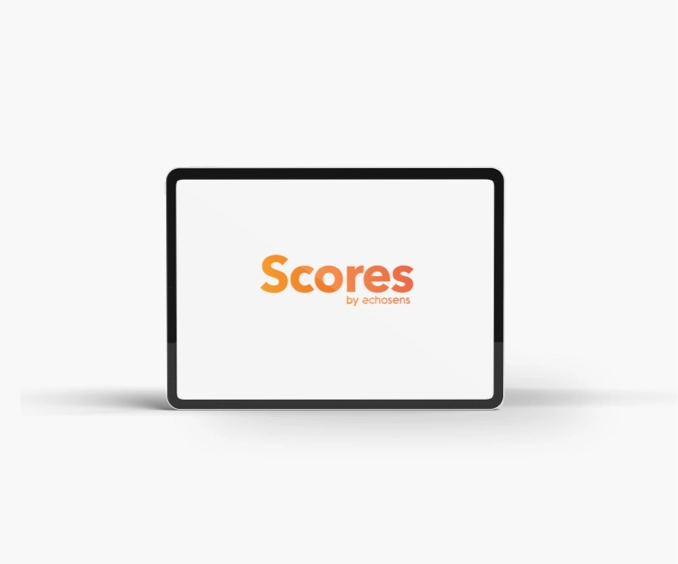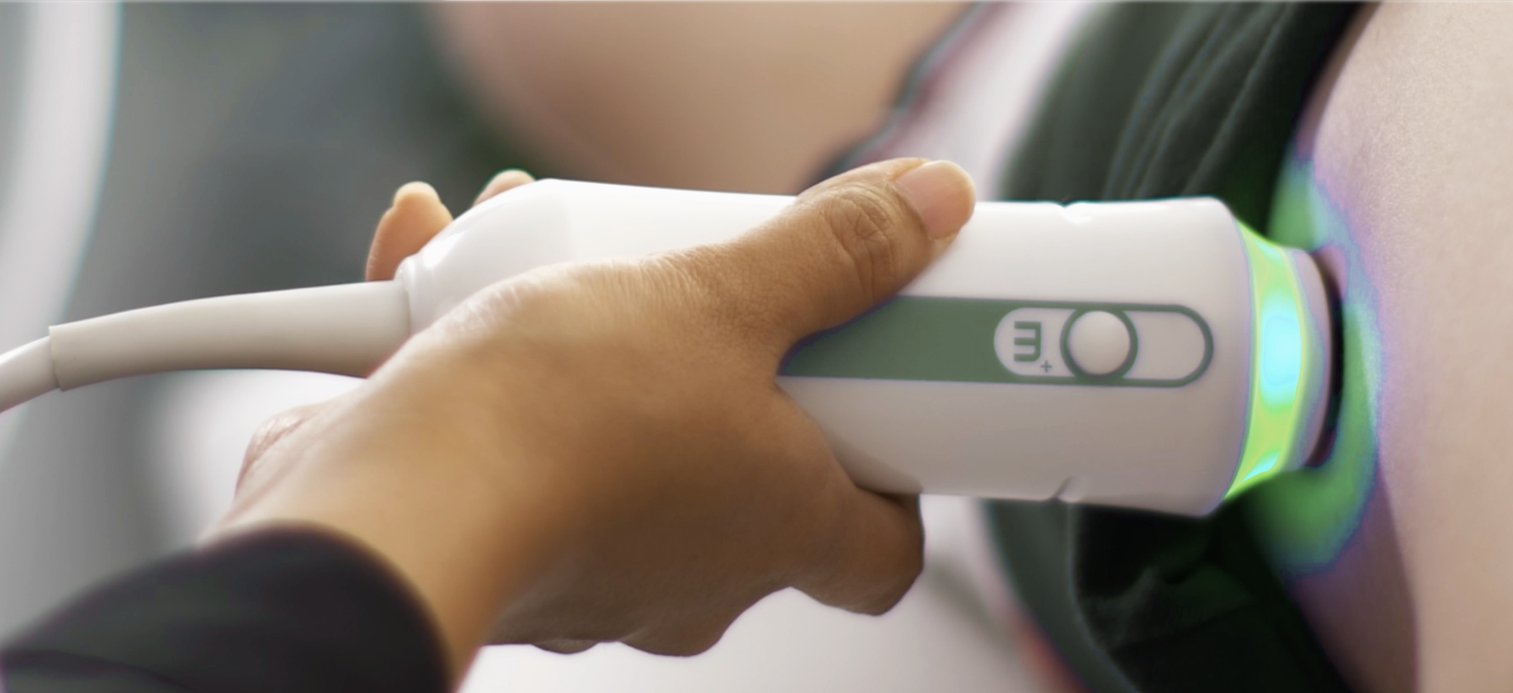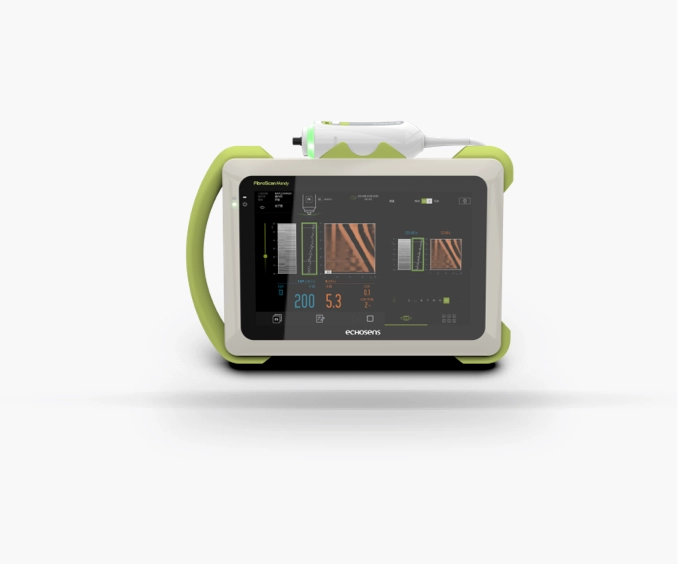
Scores by echosens
Enhance FibroScan® liver disease assessment with biological markers
Because each patient has a different morphology, choose the appropriated FibroScan® S+, M+ or XL+ probe to get the best FibroScan® performance.

FibroScan® offers a range of 3 probes (S+, M+ and XL+) designed to fit patient morphology.
By adjusting the measurement area relative to the distance between the probe and the liver (Probe to Capsula Distance) a consistent explored volume can be maintained.
For M+ and XL+ probes, FibroScan® automatically recommends the right probe.
|
FibroScan® S+ Probe |
FibroScan® M+ Probe |
FibroScan® XL+ Probe |
|
For thin patients Designed for being placed into narrow intercostal space |
For standard morphotype’s patients |
For overweight patients Designed to enhance signal penetration through deeper tissues |
|
Measurement depth From 15 to 50 mm |
Measurement depth From 25 to 65 mm |
Measurement depth From 35 to 75 mm |
|
Criteria of selection Age < 18yo and
|
Criteria of selection Age < 18yo and |
Criteria of selection Age ≥ 18yo and no M probe recommendation |
PCD: Probe to Capsula Distance

FibroScan® comes with the standard FibroScan® M+ probe.
FibroScan® S+ and FibroScan® XL+ probes are available as an option.
Products in the FibroScan® range are Class IIa medical devices as defined by Directive 93/42/EEC (EC 0459). These devices are designed for use in a medical practice in order to measure liver stiffness and ultrasound attenuation in patients with liver disease. Examinations with FibroScan® device shall be performed by an operator who has been certified by the manufacturer or its approved local representative. Operators are expressly recommended to carefully read the instructions given in the user manual and on the labelling of these products. Check cost defrayal conditions with paying bodies.

Enhance FibroScan® liver disease assessment with biological markers

The non-invasive gold standard solution for comprehensive management of liver health

Optimize clinical workflows with real-time secure data transmission